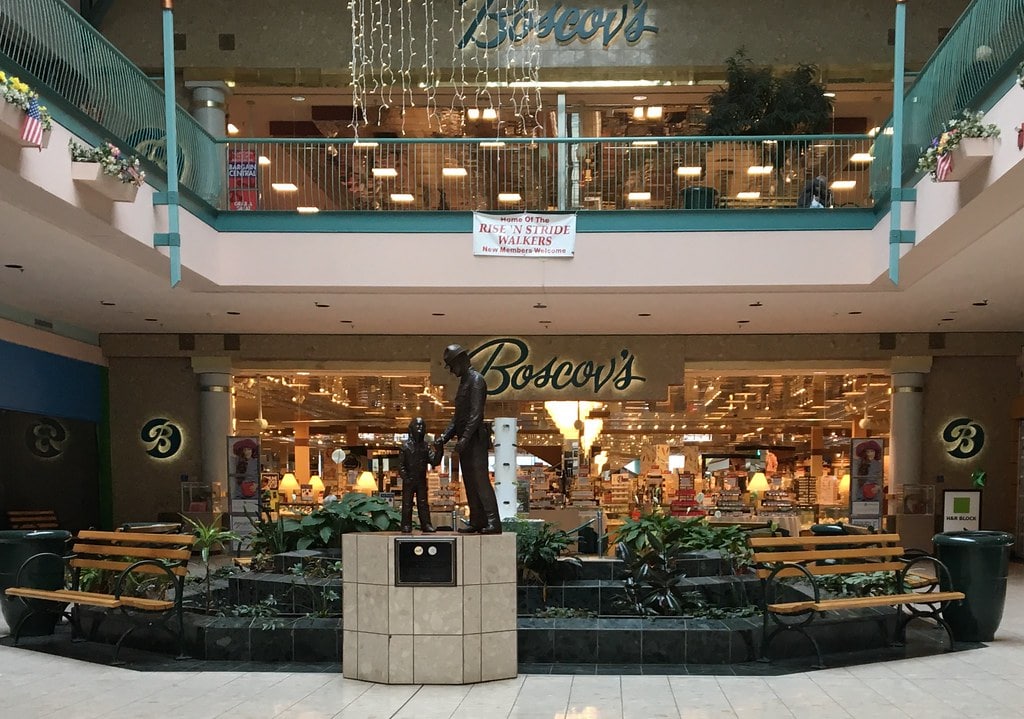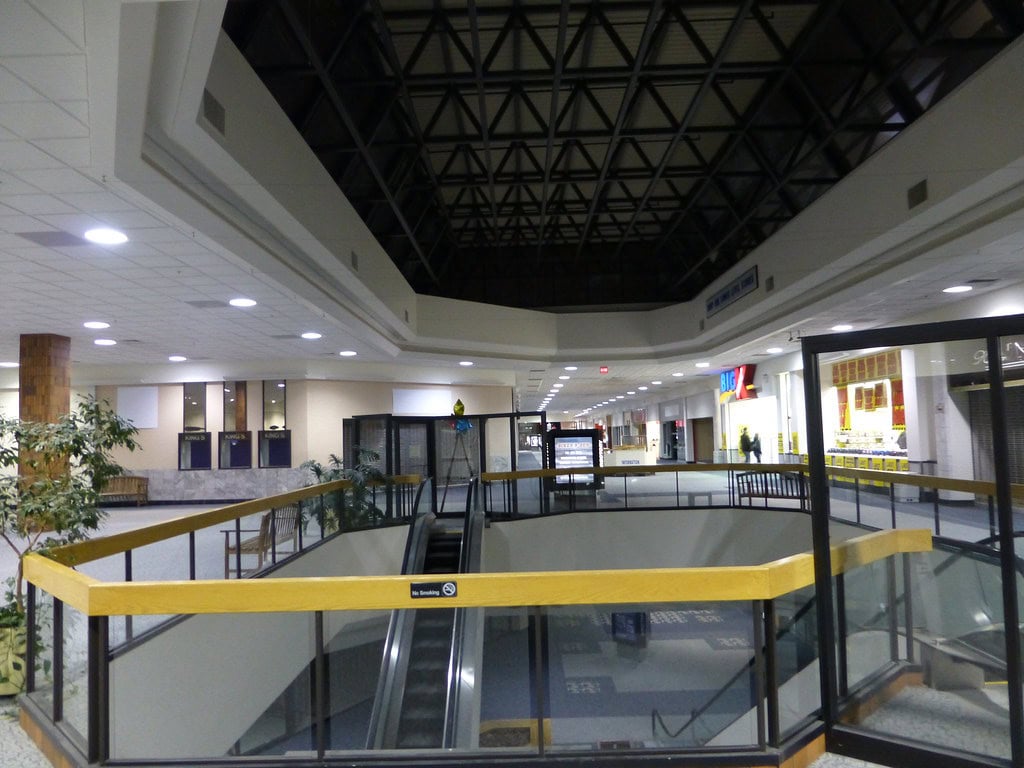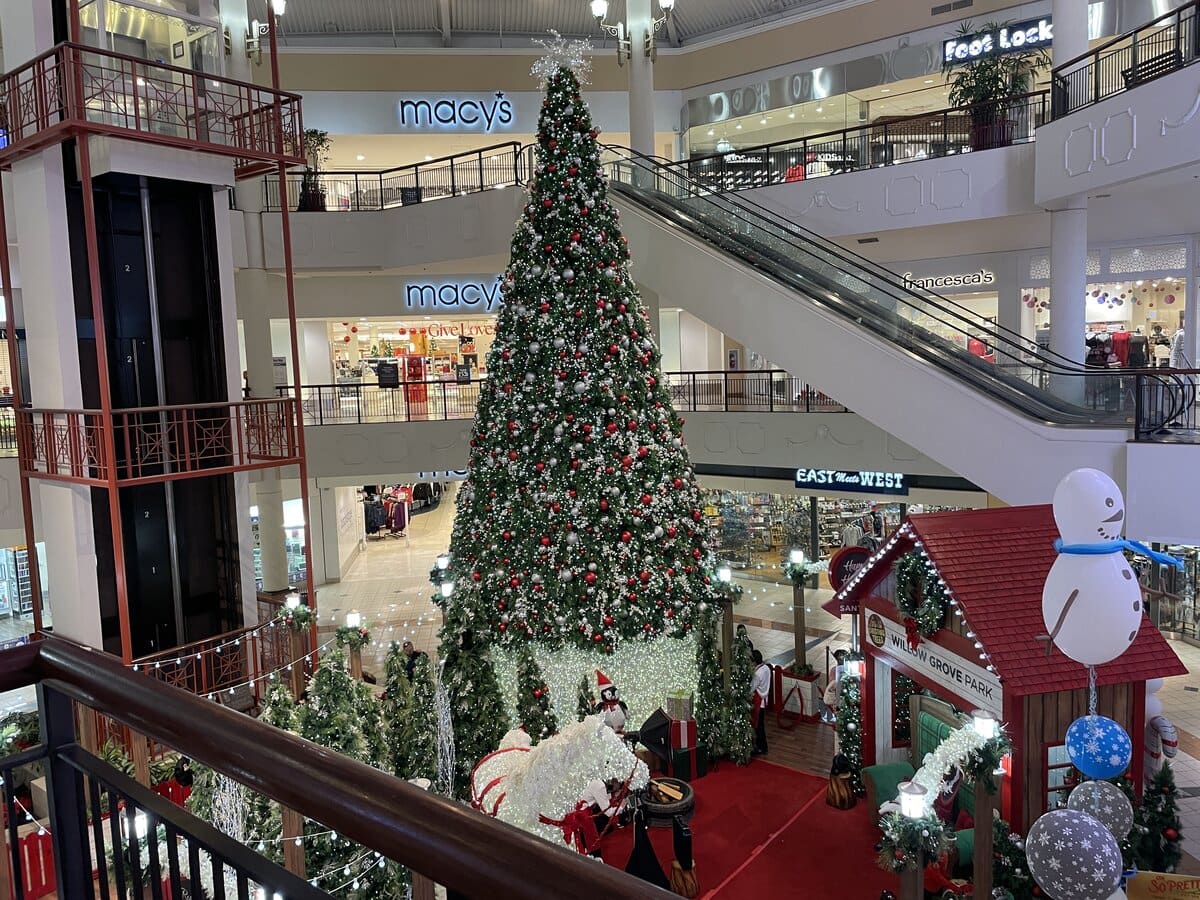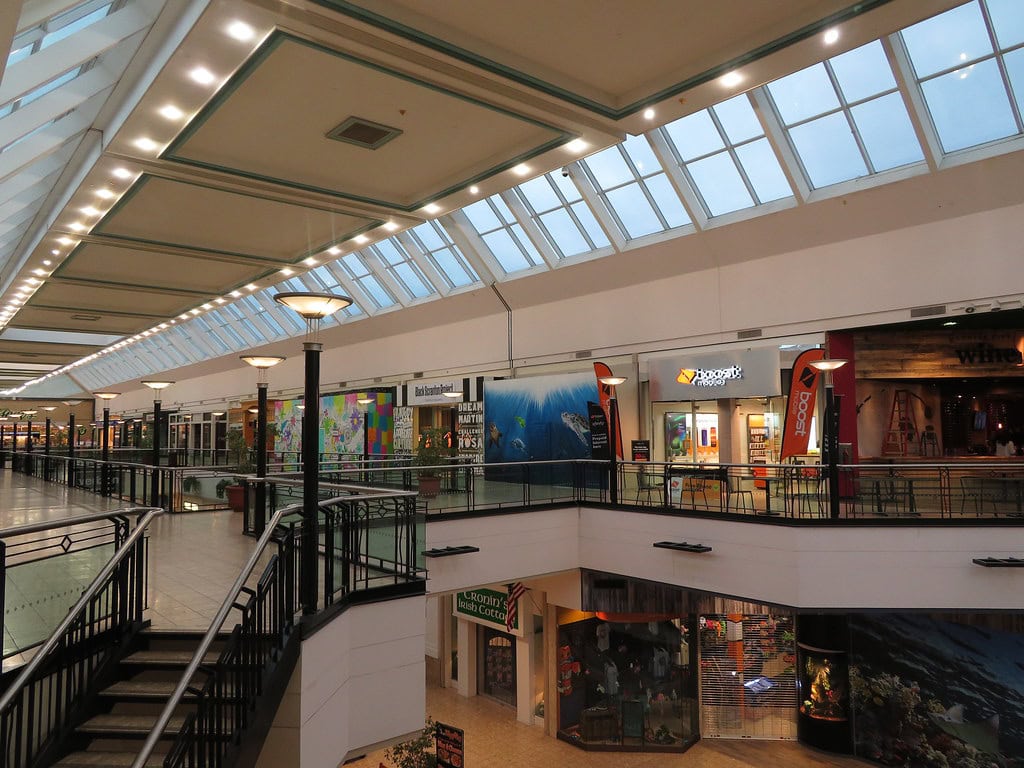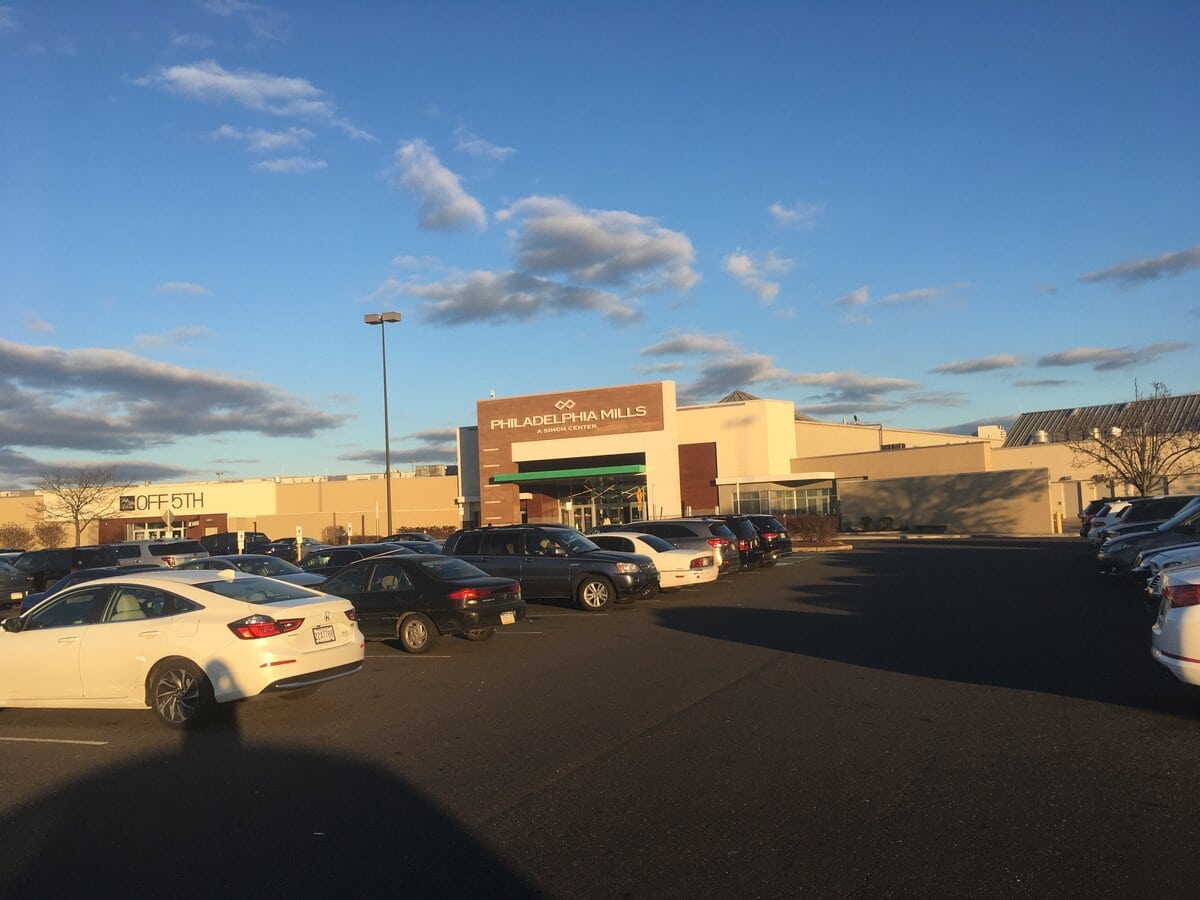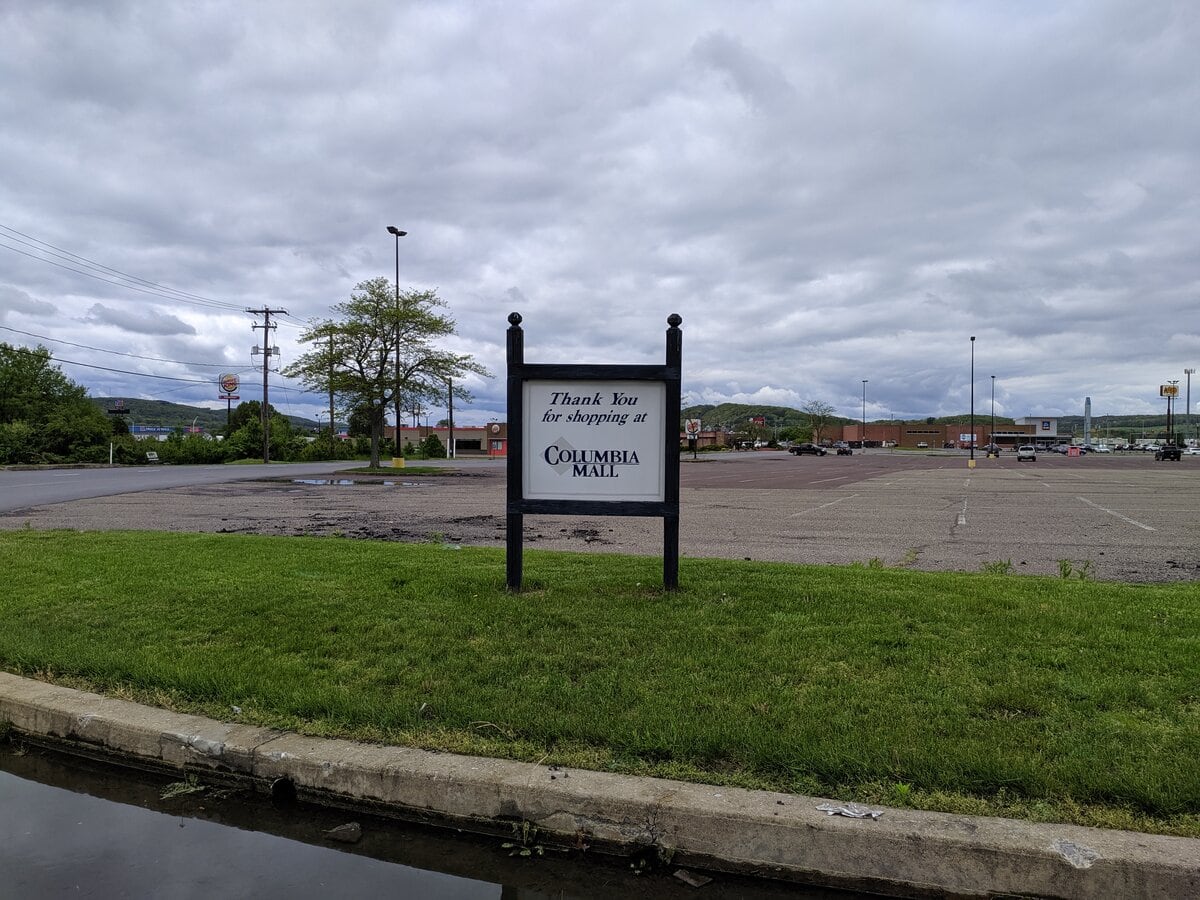Laurel Mall: Origins and Opening
Laurel Mall opened in 1973 in Hazle Township, Pennsylvania, just northwest of the Hazleton city limits. Developers envisioned a regional destination that would serve Luzerne County and nearby coal region towns.
The single-level, enclosed mall spanned about 550,000 square feet with Zayre and Fowler, Dick & Walker as anchors.
The mall fit the mood of the time. People wanted space, light, and parking.
They were done circling downtown blocks for a spot or fighting through winter wind just to shop.
Here, they could step out of their cars and into warmth, spend an afternoon under one roof, and head home with everything they needed.
From the start, Laurel Mall felt like a small city indoors.
Kids hung around the record store or split fries at the snack counter while parents compared prices at Zayre.
Holiday weekends turned into events: Santa in the center court, choirs by the fountain, and sales that packed every aisle.
It didn't take long for the ripple effect to reach Hazleton's main street.
Stores that had been downtown for generations started to close or move out to the Beltway.
The mall became the new center of gravity.
For better or worse, this was where the city's energy went, out of the storefronts on Broad Street and into the climate-controlled corridors of Laurel Mall.

1980s Transitions
By the early eighties, Laurel Mall had already settled into people's routines.
Weekends meant a trip there, even if you weren't buying anything.
The Boston Store was still holding court on the east side, but the company behind it was in trouble.
When Boscov's took over in 1981, it wasn't a shock.
The name changed, the store got brighter, and the sales drew even bigger crowds.
At the other end, Zayre was running out of time.
It had been the discount stop since opening day, but business was slipping.
By 1989, Ames moved in, keeping much of the same layout and customers.
To shoppers, it barely mattered. The shelves were stocked, the prices were low, and that was enough.
Those years didn't bring much drama, just slow change. The mall stayed busy, even as downtown Hazleton went quiet.
For a lot of people, Laurel Mall had become the new center of town, a place to shop, run into someone you knew, or just walk around on a cold day.
Expansion and Modernization
The early 1990s brought back construction dust. Developers saw a chance to expand and modernize.
A new wing rose on the north side, anchored by a JCPenney that opened in 1994.
Its arrival brought national cachet, a major name joining Boscov's and Ames to create a trio of full-line anchors.
That same year, Ames closed its doors, and Kmart moved in.
The new Kmart, relocated from downtown, opened in September 1994 with 121,000 square feet of sales floor, a garden center, Little Caesars, and full electronics.
On the opposite side, Boscov's underwent a $3 million renovation, adding about 54,000 square feet and new departments that made it, as its manager put it, "the most modern store in the chain." The mall itself was transformed, too: new skylights, brighter floors, and glassy entrances that matched the era's mall architecture.
The renovation culminated with a three-day grand reopening that fall.
The momentum carried outward. Aldi opened an outparcel grocery across the parking lot that August.
McCrory's variety store gave way to Ben Franklin Crafts, which, years later, would yield to Old Navy.
Then, in 1998, the Hoyts 10-screen multiplex opened next to the mall, drawing crowds from across the region.
The downtown Church Hill Cinema, once Hazleton's movie hub, closed soon after.
Laurel Mall was now the place to shop, eat, and catch a movie, all without leaving the Beltway.
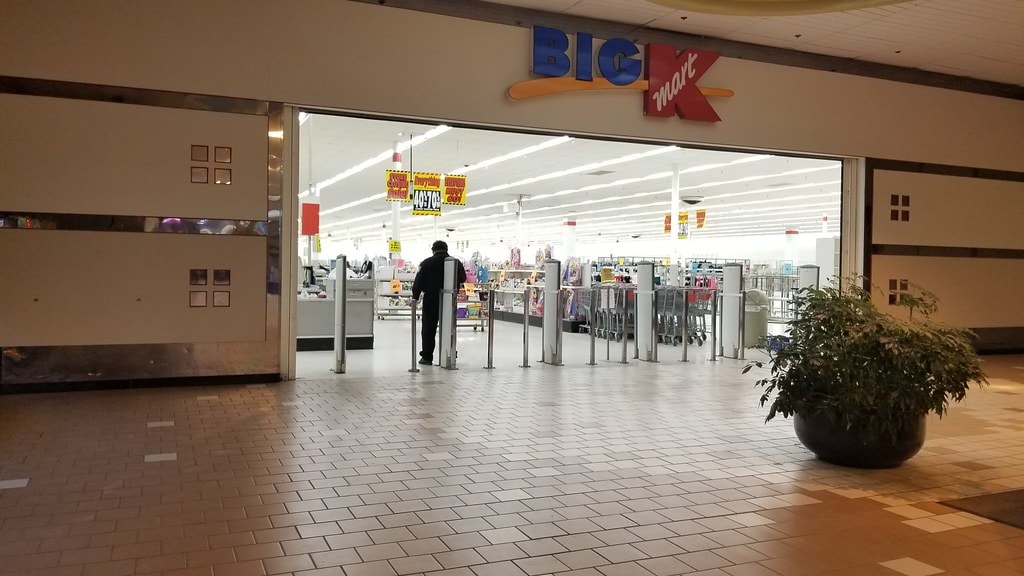
Ownership Changes and Market Position
In 2005, the property changed hands.
The Pennsylvania Real Estate Investment Trust sold Laurel Mall to a newly formed entity, Laurel Mall LLC, for $33.5 million.
PREIT was trimming its portfolio of smaller regional centers; the Hazleton property went to owners who knew its scale and market.
Even as national retail chains started thinning out, the mall remained a social anchor.
Events kept people coming: car shows, local bands, and, memorably, a 2008 Menudo concert sponsored by WBHT radio that drew hundreds of teens to Center Court.
These moments mattered.
They reinforced the idea that Laurel Mall wasn't just a commercial space but a gathering ground for a small city.
Anchor Transitions and Management Overhaul
In 2014, Laurel Mall LLC hired a new management company: Lexington Realty International.
With decades of experience running community-scale centers, Lexington brought organization, marketing, and leasing discipline that would prove critical in the years ahead.
That same year, JCPenney announced it was closing 33 stores nationwide.
Hazleton was on the list. But within a year, the void was filled.
Dunham's Sports announced it would take the space and opened in October 2015.
The sporting goods chain appealed to a different crowd, families, athletes, and outdoor enthusiasts, and quickly became a new draw.
Then came a surge of fresh tenants.
TJ Maxx joined the mall in 2016, opening the following spring in a newly built northwest corner wing.
Its off-price model suited the moment perfectly, when bargain hunting had become a sport of its own.
The Kmart story, however, reached its final chapter in early 2018, when Sears Holdings announced the closure of the Hazleton store.
For decades, that space had cycled through banners: Zayre, Ames, Kmart, and each time, it had managed to reopen.
This time, it would be reborn differently.
The vast footprint was divided: Hobby Lobby took one half, and Planet Fitness the other.
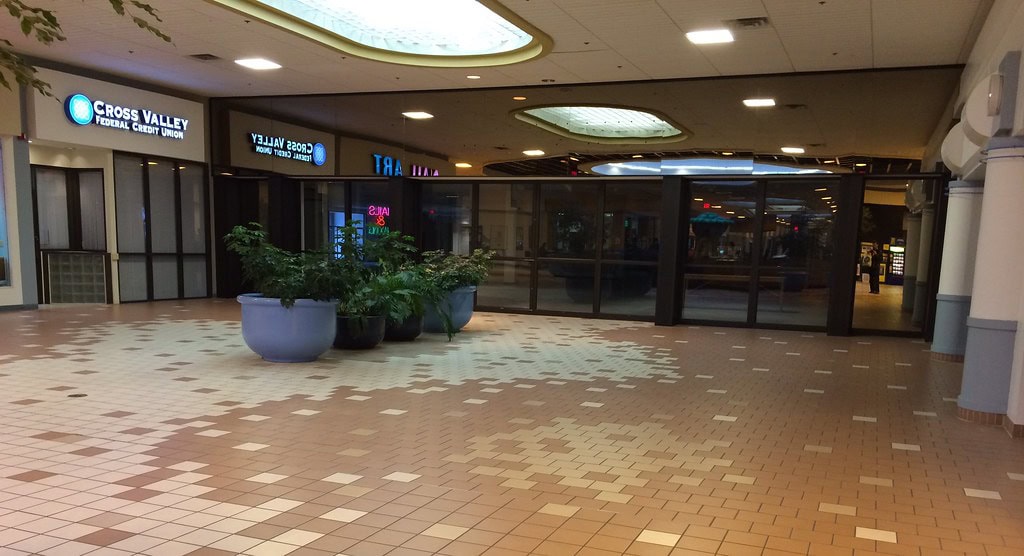
Pandemic-Era Resilience
When the pandemic struck in 2020, Laurel Mall was already in the midst of this reinvention.
Planet Fitness had been announced, construction was delayed, and the fitness equipment finally arrived late that year.
Hobby Lobby opened on January 11, 2021, and Planet Fitness followed soon after in early 2021 once interior work wrapped up.
The twin debuts revived the mall's west end at a time when many shopping centers were still shuttered.
Behind the scenes, a major refinancing helped stabilize the property.
In March 2020, North Avenue Capital closed a $7.5 million USDA Rural Development Loan.
The financing provided funds for upgrades, leasing incentives, and long-term security.
At that moment, occupancy stood near 96%, a figure that looked remarkable against the national backdrop of pandemic-era retail closures.
By 2024, new names were still appearing.
Golden Restaurant 2 opened in Center Court, and The Market, selling antiques and collectibles, took over a former Rue 21 space.
Ribbon cuttings by the Greater Hazleton Chamber of Commerce marked each opening.
They weren't just photo ops; they were proof that small tenants still saw opportunity inside a mall that had outlived most of its peers.
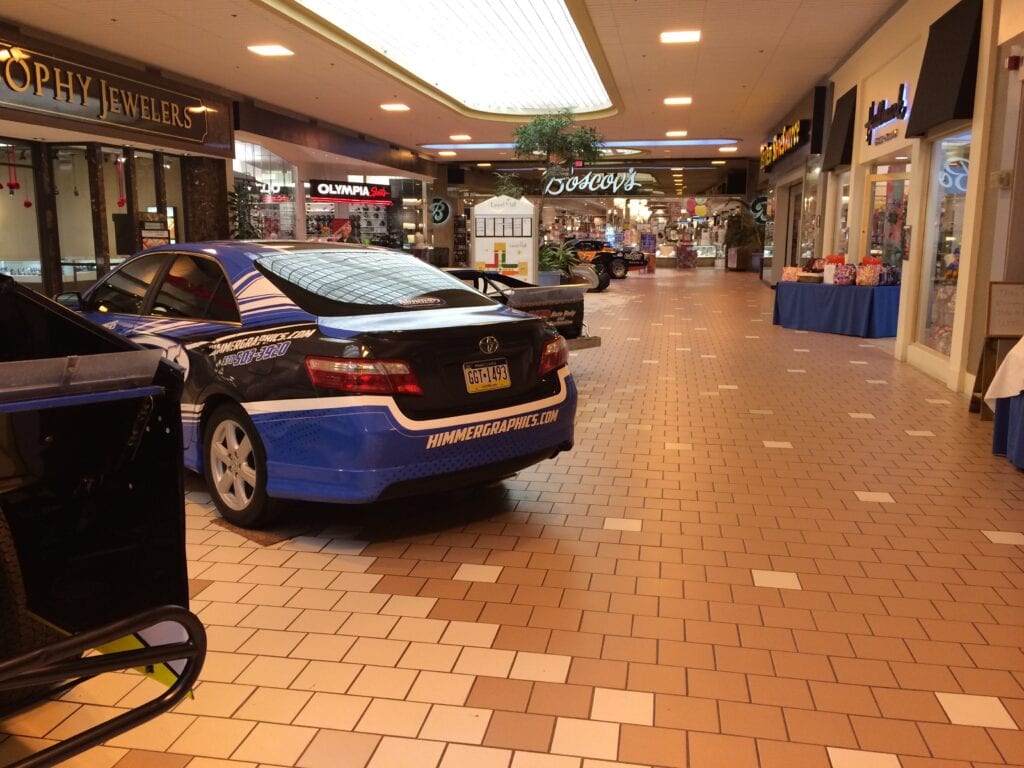
Future Prospects
Nobody's talking about making Laurel Mall bigger. That's not the point anymore.
The goal now is to keep it working: keep the doors open, the lights on, and the spaces full.
When one store leaves, another kind of business takes over.
It's not fancy, but it works. The mall isn't trying to compete with cities or online shopping.
It's just trying to stay part of everyday life around Hazleton.
People still come to walk, to meet someone, to grab lunch.
After fifty years, it's still standing where the cornfields used to be, still useful, still familiar.
That's about as much as any mall can ask for now.

